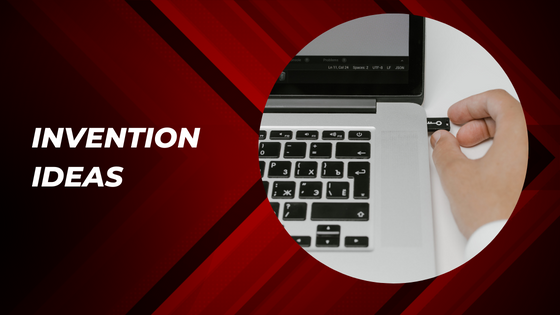You’ve created an innovative invention, and now you’re considering the option of licensing it to a company rather than manufacturing and selling it yourself. Licensing an invention can be a lucrative and efficient way to bring your product to market while leveraging the resources and expertise of an established company.
Understand the Licensing Process
Before diving into the licensing process, it’s crucial to have a clear understanding of how licensing works. Licensing involves granting permission to a company to use, produce, and market your invention in exchange for royalties or other forms of compensation. The terms of the license agreement will outline the rights and obligations of both parties, including financial arrangements, exclusivity, and duration.
Conduct Market Research
One of the first steps in licensing your invention is to conduct thorough market research. Identify potential companies that operate within your invention’s industry or have a product portfolio that aligns with your invention. Evaluate their track record in licensing agreements, financial stability, and market reach to determine the best potential licensee for your invention.
Protect Your Intellectual Property
Before approaching potential licensees, it’s essential to protect your intellectual property rights. This includes securing patents, trademarks, or copyrights for your invention. InventHelp can offer invaluable guidance and support in navigating the complexities of intellectual property protection and ensuring that your invention is safeguarded.

Create a Compelling Pitch
When reaching out to potential licensees, you’ll need to create a compelling pitch that highlights the unique value proposition of your invention. Prepare a detailed presentation that outlines the problem your invention solves, its market potential, and how it stands out from existing solutions. InventHelp can assist inventors in crafting persuasive pitches and creating professional marketing materials to showcase their invention.
Negotiate the License Agreement
Once you’ve sparked the interest of a potential licensee, the next step is to negotiate the terms of the license agreement. This involves discussions on royalties, exclusivity, territory, upfront fees, and other key provisions. It’s crucial to seek legal counsel to review and finalize the agreement to ensure that your rights and interests are protected. InventHelp can provide inventors with expert guidance in negotiating favorable terms and maximizing the value of their licensing agreement.
Finalize the Agreement and Monitor Performance
After reaching an agreement with a licensee, it’s essential to finalize the contract and ensure that all terms and conditions are clearly defined. Stay actively engaged with the licensee to monitor the progress of the licensing arrangement, track sales and royalties, and address any issues that may arise. InventHelp can assist inventors in managing their licensing relationship, providing ongoing support and assistance as needed.
So if you need help with your invention idea or if you have an invention that you’d like to license, contact InventHelp today.
In Conclusion
Licensing your invention to a company can be a strategic and financially rewarding option for bringing your invention to market. By following the steps outlined above and leveraging the expertise of companies like InventHelp, inventors can navigate the licensing process with confidence and efficiency. With the right approach, preparation, and guidance, licensing your invention can open up new opportunities for growth, expansion, and success in the competitive marketplace.





